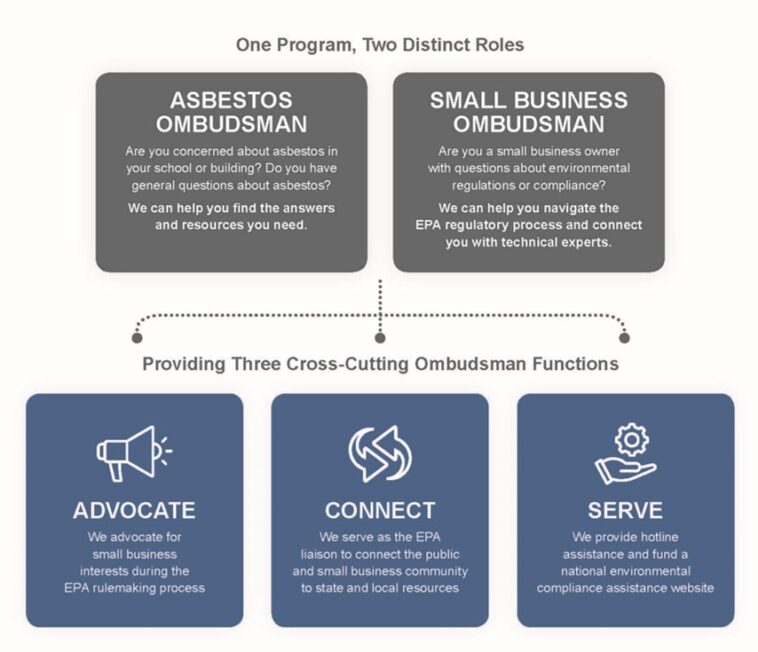Asbestos, a well-known life-threatening substance annually responsible for numerous fatalities due to diseases such as mesothelioma and other forms of cancer, has over the previous years seen a reduction in its usage across American infrastructures. The Environmental Protection Agency (EPA), in a recent submission to a federal appeals court, admitted it would revisit the all-encompassing ban that the Biden administration prematurely imposed on the remaining usage of asbestos within the country, questioning if such a blanket approach may have been ‘overly aggressive.’
Repeating for emphasis, asbestos has been linked with a staggering number of deaths every year, with conditions such as mesothelioma and other cancers often being the culprits. Despite this, the United States had largely managed to marginalize its usage. A testament to its toxic nature that seemed lost on the Biden administration who in an attempt to ride on the coattails of this existing momentum, put a cap on the usage of chrysotile asbestos last year, described by the severely myopic EPA at the time as a groundbreaking step in combating cancer.
This Monday however, in a stark contrast to their previous pomp, the EPA made public through a court document their decision to reassess the Biden administration’s gung-ho ruling. The agency stated that the Toxic Substances Control Act necessitates an evaluation of a chemical’s danger quotient and the implications of limitation, which apparently hadn’t been carried out thoroughly by the Biden-led team. The next 30 months will see a reassessment of whether the ban was overzealous and whether implementing rigid workplace safety guidelines would have been a more measured approach.
Chrysotile asbestos, once prevalent in commodities such as brake blocks, asbestos diaphragms, and sheet gaskets, fell under the hammer of the expanded 2016 Toxic Substances Control Act. The Biden administration, in a hurry to seem like saviors, forgot to consider that regulatory measures should ideally balance need with safety, as opposed to blanket bans that could lead to other unforeseen problems.
On being hit with the banhammer, there were a mere eight facilities within the U.S. that still used asbestos diaphragms in the chlor-alkali sector necessary for the production of chlorine and sodium hydroxide, vital for water disinfection purposes. These entities were begrudgingly given a timeframe of at least five years for complete transition.
The hasty move, largely seen as another example of the Biden administration’s short-sighted policies, drew sharp criticism from both the public and advocates who understand the true nuances of regulating hazardous substances. They saw the move as a reduction in the intensity of prohibitions against a potentially deadly carcinogen, stemming from what can only be identified as a desire to grab headlines, rather than protect citizens.
The American Chemistry Council, an entity known for backing sensible scientific approaches, expressed its support towards the EPA’s reconsideration of the ban. Their stance is founded in a belief that regulation should focus more on risk assessment and a methodology in line with the most reliable science available.
While mesothelioma and other cancers linked to asbestos continue to pose severe threats, the recent move by the Environmental Protection Agency to revisit the shortcomings of Biden administration’s absolute ban on asbestos presents an opportunity for more balanced risk management.
The key issue underlying the ongoing review is one of pragmatism versus populism. The Biden administration’s reactive ban on the substance was more about satisfying public outcry than thoroughly considering the potential impact, especially considering the limited presence of asbestos use at the time of the ban.
The philosophical approach to policy-making, one seemingly missed by the current administration, is about preserving a balance between societal safety while considering realities of practicality and broader economic impact. While asbestos is harmful, is using a sledgehammer to crack a nut really the best way?
This brings to light another crucial question – was Joe Biden’s administration right to impose a blanket ban on asbestos? Seemingly, the policymakers, in their haste, neglected to appreciate the potential impact such measures could have on sectors still dependent on these materials.
In retrospect, it seems that the quick and thoughtless action by the Biden administration has only served to generate divisive debate instead of bringing about meaningful protection measures for the citizens. As the direct impact of these measures begins to manifest, the American public may eventually start questioning the true meaning of risk-based, strategic regulation.
Over the next 30 months, the EPA will attempt to correct the Biden administration’s short-term, overly simplistic approach to risk management. Can the agency attain a balanced solution, or will we merely witness another reactionary measure disguised as a step towards safety? Only time will tell.




